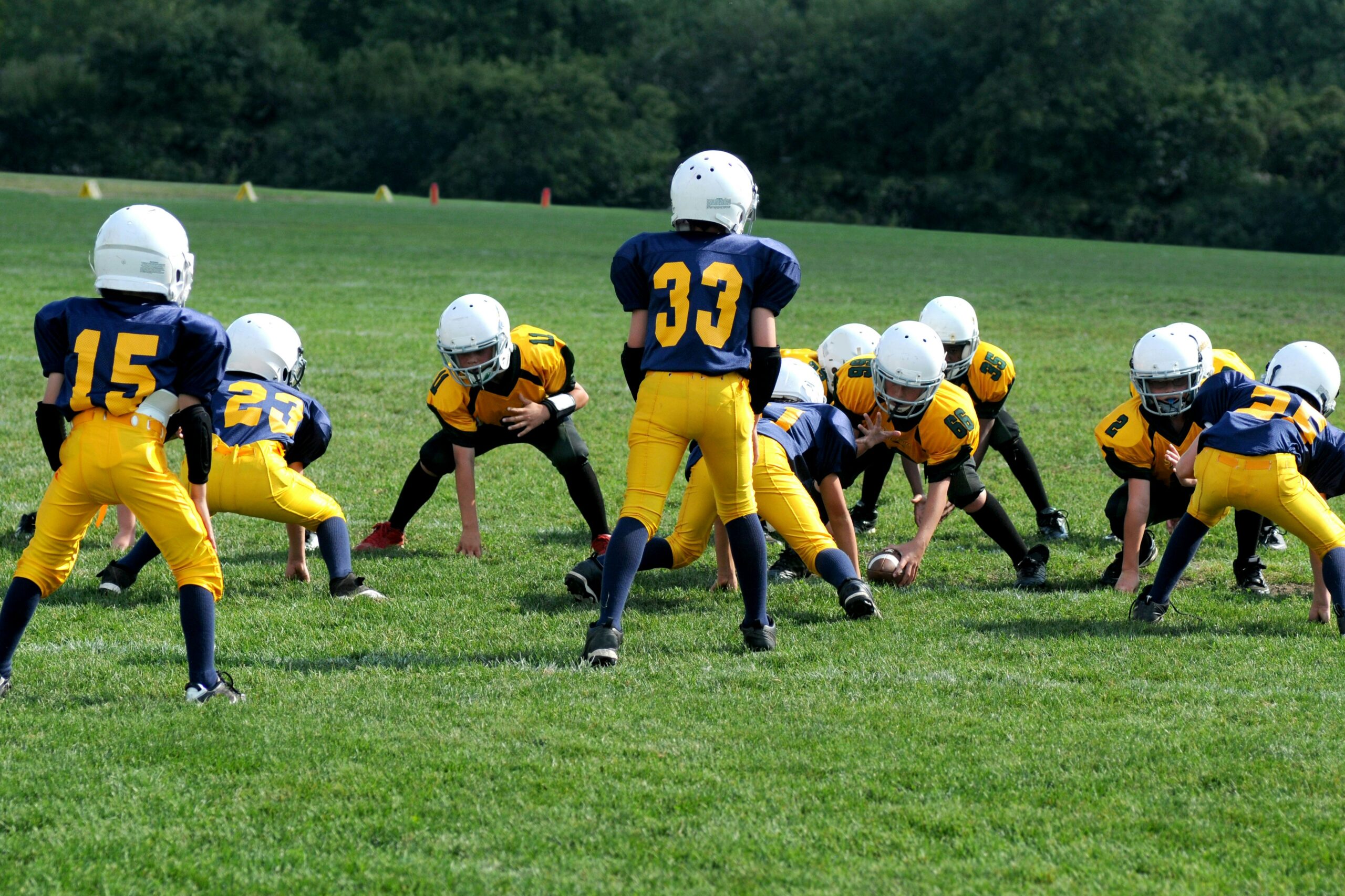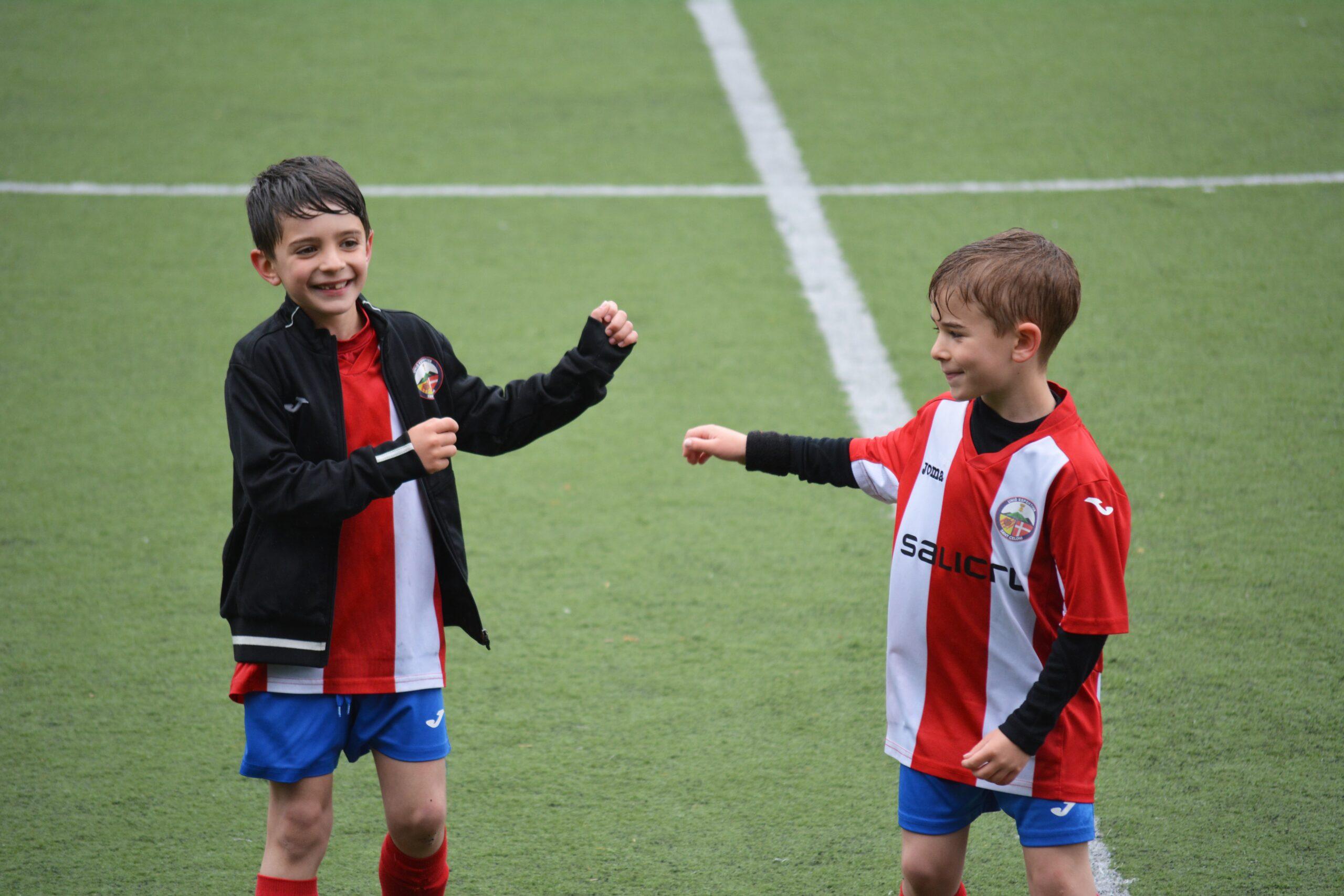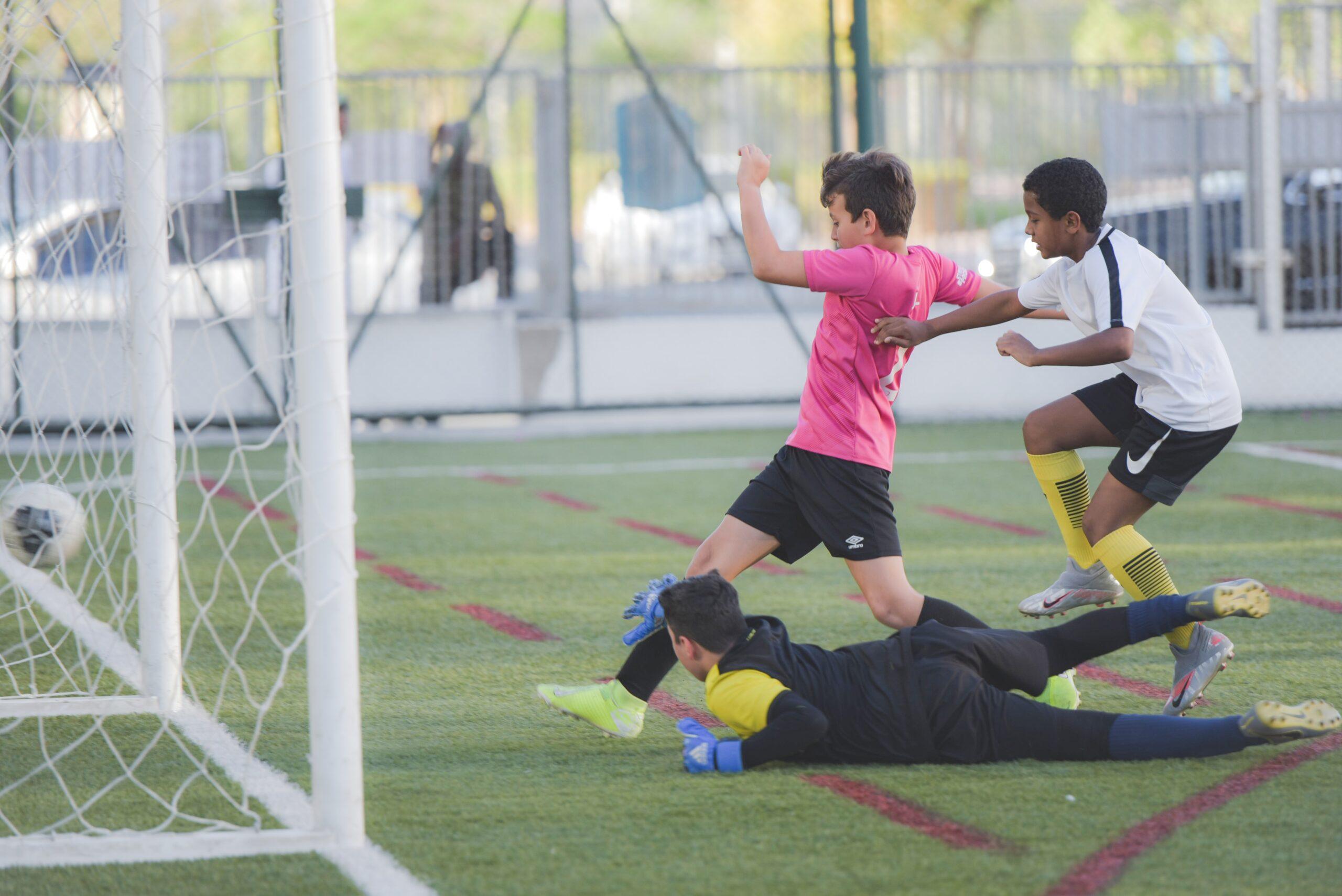With spring semester around the corner, students across the country are preparing to join a slew of seasonal sports. As such, it’s important to be aware of ways to keep your kids safe when they take part in athletics.
In particular, parents, coaches and young athletes should know the signs and symptoms of concussion. According to the Centers for Disease Control and Prevention (CDC), a concussion is a type of traumatic brain injury caused by a bump, blow or jolt to the head. It can change the way the brain normally works. Concussions can also occur from a fall or a blow to the body that causes the head and brain to move quickly back and forth. This head injury occurs in both boys and girls and in many different sports.
The effects of this injury can be serious. Therefore, it’s important to know the symptoms of concussion. They typically fall into four categories: thinking/remembering, physical/emotional, mood and sleep.
There are steps you and your children can take to prevent sports-related head injuries. First, have a conversation with your child’s coach to be sure that he has sports-safety training and understands the importance of recognizing and dealing with concussions. Once you feel comfortable with the coach’s approach, talk to your kids about the importance of following the rules for safety. Make sure your child heads into every game and practice with the proper protective equipment and that it properly fits and is correctly being used. While no piece of equipment can prevent a concussion, it is important that you and your child work with the coach to be sure players have the correct equipment.
Parents and coaches should also be aware of the resources available for information on the matter, including how to prevent and respond to head injuries. The CDC’s Heads Up curriculum, some of which was created in partnership with the National Football League (NFL), includes fact sheets and clipboard checklists for parents and coaches. They include several targeted approaches for different audiences, such as kids and clinicians. Download or order these free resources at www.cdc.gov/concussion to keep them on hand at every game and practice. This is valuable knowledge, regardless of what sport your child plays.
Youth football players and their families should also visit www.usafootball.com. USA Football, the sport’s governing body and the expert in player development and coaching education, recently launched its Heads Up Football program— a health and safety resource where parents, coaches and players can learn about the importance of properly fitted equipment, prevention and response to concussions, youth football rules and the basics of proper “Heads Up Tackling.”
The NFL has taken a major leadership role in helping to make sports safer, funding research into injuries, partnering with the CDC and USA Football, and playing a major role in programs that foster safer play, including a helmet replacement program that provided youth football players in underserved communities with new helmets. The NFL also plays an advocacy role assisting states in passing youth concussion laws. These laws require that every year, athletes, parents and coaches be educated about the dangers of concussions; athletes suspected of concussion must be removed from a game or practice immediately; and a licensed healthcare professional must clear athletes to return to practice or play. Youth concussion laws have been passed in 39 states and Washington, D.C., many with NFL support. To see if a law has been passed in your state, visit http://nflhealthandsafety.com/zackery-lystedt-law/lystedt-law-overview/.
Your child may have a concussion if he…
- appears dazed or stunned.
- is confused about assignment or position.
- forgets an instruction.
- is unsure of the game, score or opponent.
- moves clumsily.
- answers questions slowly.
- loses consciousness (even briefly).
- shows behavior or personality changes.
- can’t recall events prior to or after the hit or fall.
Sports have many great benefits for children. Encourage them to get out there and join in the fun. Just be sure to emphasize the importance of smarter and safer play.




